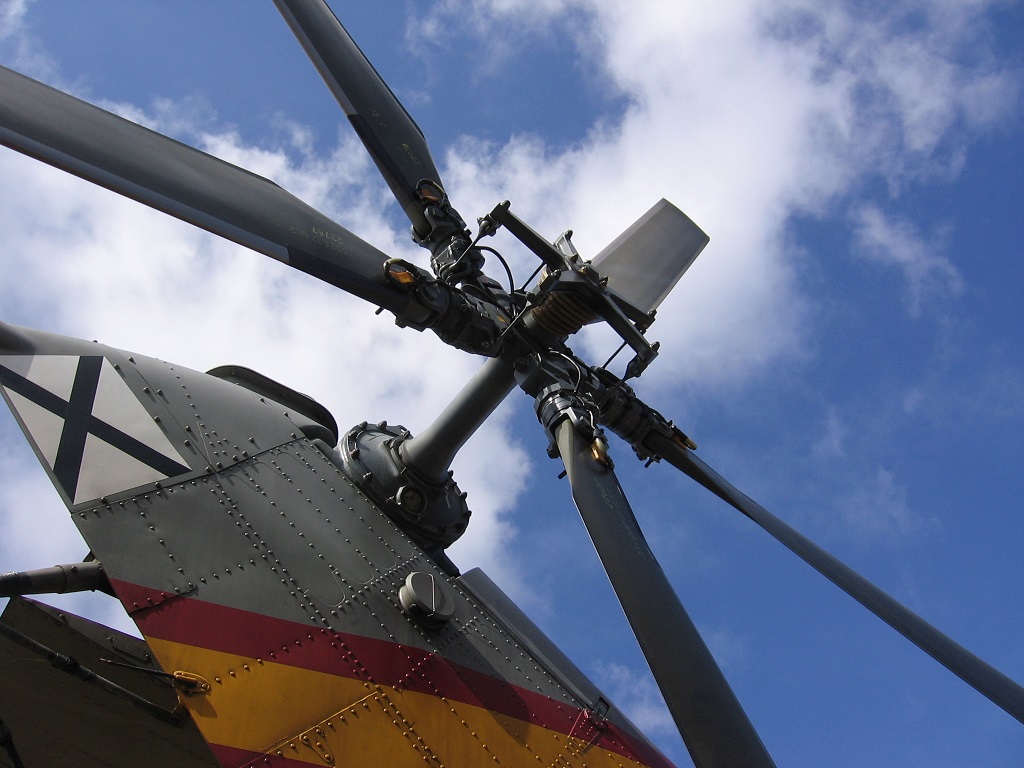This post is also available in:
 עברית (Hebrew)
עברית (Hebrew)
The civilian helicopter market has been on the rise. Much of the growth is powered by technology that is making helicopters safer, more comfortable and faster, offering greater utility at lower cost.
After five years during which global sales of civilian helicopters fell by a third, sales have been rising 3% during the first half of the year, and Airbus Helicopters predicts that the fleet will almost double in the next two decades. “We are living through a revolution,” Tomasz Krysinski, vice-president of research and innovation at Airbus Helicopters, told Professional Engineering, according to imeche.org.
The Airbus Racer, or Rapid and Cost-Effective Rotorcraft, which is scheduled for first flight in 2020, is twice as fast as conventional helicopters, yet a quarter cheaper, according to Krysinski. “You fly quicker and you consume less,” he said. “At 190 knots the Racer consumes 30% less fuel than a conventional helicopter does whilst doing 130 knots.”
Among other features, a reduced demand for power to the main rotor during cruising means one engine can be turned off, an operation aided by a 300V stop-start system that hints at the emergence of electrified solutions in rotorcraft.
Improved connectivity also paves the way for more automation, to “allow the pilot to focus less on the controls and more on the mission”, said Krysinski, and perhaps in time enable autonomous flight. The connectivity also adds utility for users, such as the emergency services, who can relay diagnostics, telemedicine and therapeutic data to experts on the ground.
A new trend in helicopter technology is the Improvement in a pilot’s situational awareness. This includes visualisation tools, such as gyro-stabilised cameras, lasers, forward-looking infrared, lidar, and night vision based on next-generation searchlights, which are all central to the way helicopter flight is becoming safer.
These are coupled with an improved mapping technology that relies on better data input and improved visual 3D representations of the landscape on sophisticated synthetic vision screens in the cockpit or inside pilots’ helmets.
Improved avionics connectivity is also changing the game, allowing for live mapping, or for app-based solutions, such as the Norwegian LZ-World landing zone database. It maps obstacles by using satellite images and pilots’ photos. Seeking to avoid unknown landing sites reduces the risk of accidents, said Roy Jenssen, operational adviser at Air Ambulance Services of Norway. “We don’t want to make money from this, we want to make it available to anyone,” he said.


























